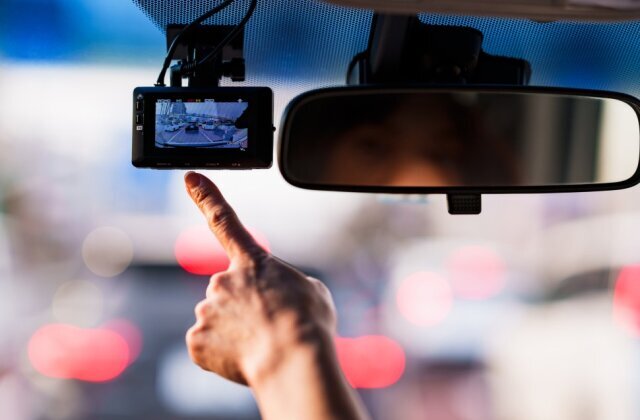People & Lifestyle
Taxi Fleet Dash Cam Best Practices: A Guide to Safer, Smarter Driving

Picture this: the soft hum of city life as your taxi glides through the streets, the reassuring glow of a dash camera quietly recording every moment. You, the diligent fleet manager, know the peace of mind that comes with having a dash cam installed in every vehicle. It’s not just about compliance; it’s about safety, accountability, and trust. Let’s dive into the best practices for using dash cameras in your taxi fleet, ensuring you get the most out of this invaluable tool.
Understanding the Importance of Dash Cameras
Dash cameras are more than just high-tech gadgets; they are the silent witnesses to your taxi fleet’s daily operations. They provide a clear, unbiased record of what happens on the road, helping to resolve disputes and protect both drivers and passengers. Imagine a situation where a passenger claims they were overcharged or mistreated. With a dash cam, you can swiftly verify the facts, ensuring fairness for all parties involved.
Installation Best Practices for Dash Cams
First things first: proper installation. A dash cam must be placed in an optimal position to capture the best possible footage. Ideally, it should be mounted on the windshield, just behind the rearview mirror, avoiding any obstruction of the driver’s view. Make sure the camera’s lens is clean and adjusted to cover both the road and the vehicle’s interior. Remember, a poorly positioned dash cam can be as useless as no dash cam at all.
Regular Maintenance and Updates
You wouldn’t ignore a routine check-up for your vehicle, so why neglect your dash cameras? Regular maintenance is key. Ensure that the cameras are always in working condition, and check the memory cards frequently. Overwrite old footage as necessary, but keep important clips backed up securely. Software updates are crucial too. They can enhance the camera’s functionality, improve video quality, and fix any bugs. Keep your dash cameras updated to stay ahead of the game.
Data Management and Privacy Concerns
Managing the data recorded by your dash cameras can be a daunting task, but it’s a critical part of the process. You must develop a system for storing and accessing footage efficiently. Consider using cloud storage for easy retrieval and added security. Privacy is another important factor. Ensure that all recorded footage is handled according to relevant privacy laws and regulations. Inform your drivers and passengers about the presence of dash cameras and the purpose behind their use. Transparency builds trust.
Utilizing Dash Camera Footage for Training
Your car dash cam footage is not just a safety net; it’s a treasure trove of training material. Use real-life scenarios captured by these cameras to train new drivers and improve the skills of your existing team. Show them examples of good driving practices and areas where they can improve. This hands-on approach can make training sessions more engaging and practical.
Enhancing Driver Accountability and Safety
Dash cameras play a crucial role in enhancing driver accountability. Knowing that every action is recorded encourages drivers to adhere to traffic laws and company policies. This, in turn, reduces the likelihood of accidents and violations. For instance, in a situation where a driver might be tempted to speed to reach a destination quickly, the presence of a dash cam serves as a reminder to prioritize safety over speed.
Dealing with Incidents and Accidents
When an incident or accident occurs, having dash camera footage can be a game-changer. It provides a clear, unbiased account of the event, helping to resolve disputes and determine fault. For example, if a taxi is involved in a collision at an intersection, the dash cam can show whether the light was green or red, who was at fault, and how the event unfolded. This footage can be invaluable for insurance claims and legal proceedings.
A Personal Touch: The Power of a Simple Gesture
Let me share a quick story that underscores the human aspect of all this technology. A friend of mine, a taxi driver named Carlos, once had an elderly passenger who dropped her keys while exiting the cab. Carlos knelt down to pick them up, but just as he did, another car sideswiped his taxi. Thankfully, his dash cam captured everything. The footage showed his act of kindness and the other driver’s reckless behavior. This simple gesture, recorded by his dash cam, protected him from any blame and reinforced the importance of these devices.
Staying Ahead with Continuous Improvement
In the fast-paced world of taxi fleets, staying ahead means continually improving your practices. Regularly review and update your dash camera policies to reflect new technologies and regulations. Engage with your drivers to get their feedback and make necessary adjustments. Remember, a well-managed dash cam system is a testament to your commitment to safety, accountability, and excellence.
So, as you navigate the busy streets and the occasional brig of the city, let your dash cameras be the steadfast captains guiding you through. Embrace these best practices, and watch your fleet sail smoothly, safely, and successfully.


















